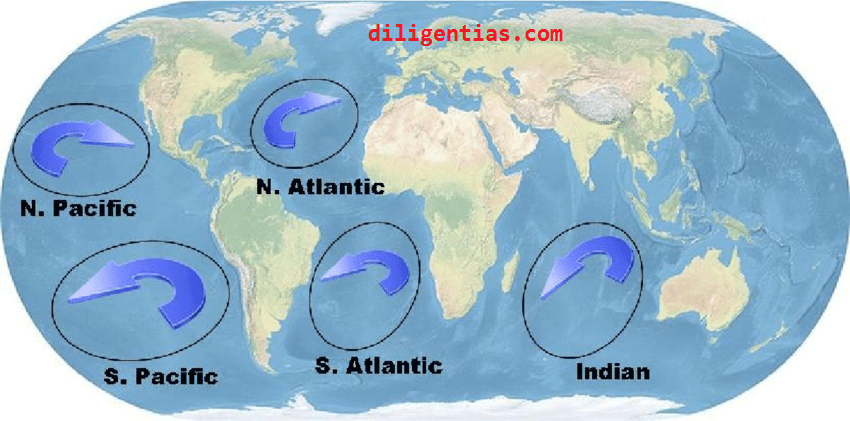Plastic in the Indian Ocean 27/04/2019 – Posted in: Daily News – Tags: Daily News
Plastic in the Indian Ocean
For: Preliminary: Mains: GS III
Topics covered: Environment related Issues, Water pollution, Plastic pollution, marine system risk
News Flash
The Indian Ocean is the world’s biggest dumping ground for plastic waste.
According to researchers from the University of Western Australia (UWA), little research had been done to measure and track plastic waste in the Indian Ocean. The team found that the unique characteristics of the southern Indian Ocean pushes floating plastics towards the western side of the ocean, where it leaks past South Africa into the South Atlantic Ocean.
Why this happens?
Because of the Asian monsoon system, the southeast trade winds in the southern Indian Ocean are stronger than the trade winds in the Pacific and Atlantic Oceans.
The study shows that the atmospheric and oceanic attributes of the Indian Ocean are different to other ocean basins and that there may not be a concentrated garbage patch.
The Great Pacific Garbage PatchGPGP is the largest of the five offshore plastic accumulation zones in the world’s oceans. It is located halfway between Hawaii and California. It is estimated that 1.15 to 2.41 million tonnes of plastic are entering the ocean each year from rivers. More than half of this plastic is less dense than the water, meaning that it will not sink once it encounters the sea. The stronger, more buoyant plastics show resiliency in the marine environment, allowing them to be transported over extended distances. They persist at the sea surface as they make their way offshore, transported by converging currents and finally accumulating in the patch. Once these plastics enter the gyre, they are unlikely to leave the area until they degrade into smaller microplastics under the effects of sun, waves and marine life. As more and more plastics are discarded into the environment, microplastic concentration in the Great Pacific Garbage Patch will only continue to increase. |
Plastic Pollution
Plastic pollution is the accumulation of plastic objects in the Earth’s environment that adversely affects wildlife, wildlife habitat, and humans. Plastics that act as pollutants are categorized into micro-, meso-, or macro debris, based on size.
Often, plastics are burned in the open air. This leads to air pollution because poisonous chemicals are released into the atmosphere during combustion. Plus, when animals or humans inhale the polluted air it can affect their general well-being and cause respiratory disorders.
Source: Business Standard (https://www.business-standard.com/)

